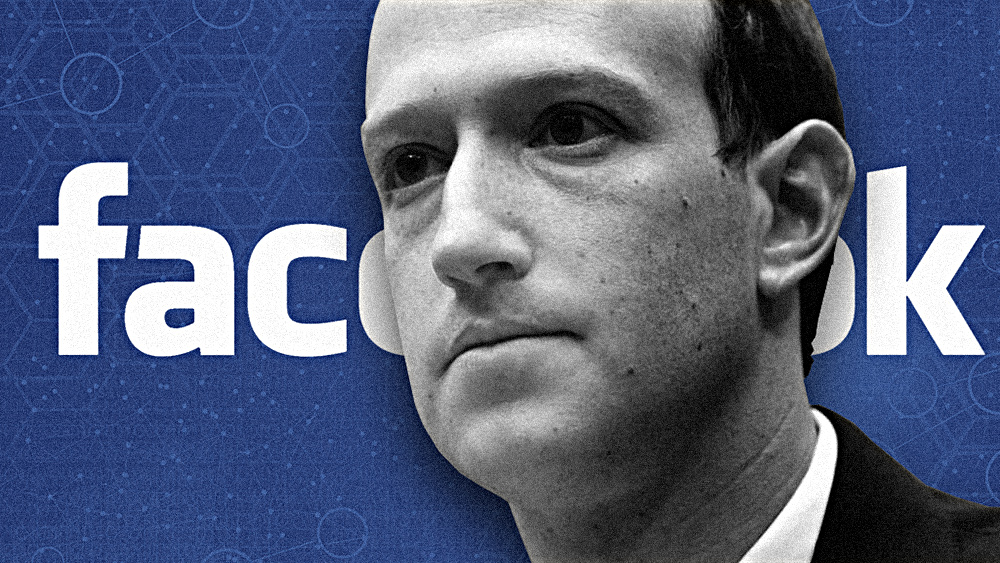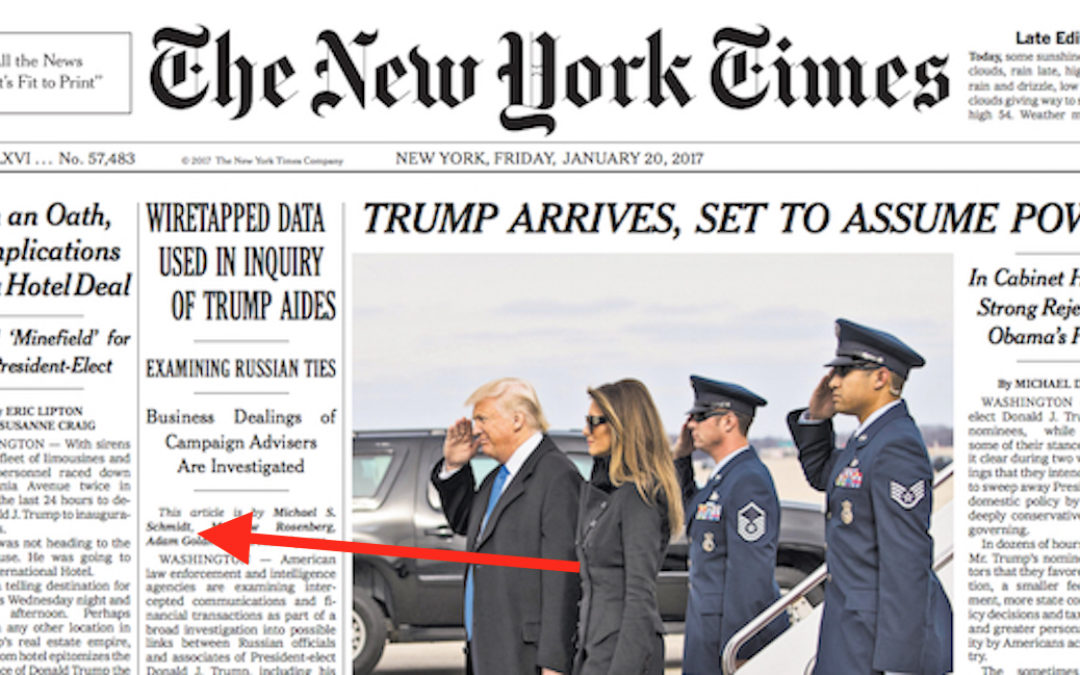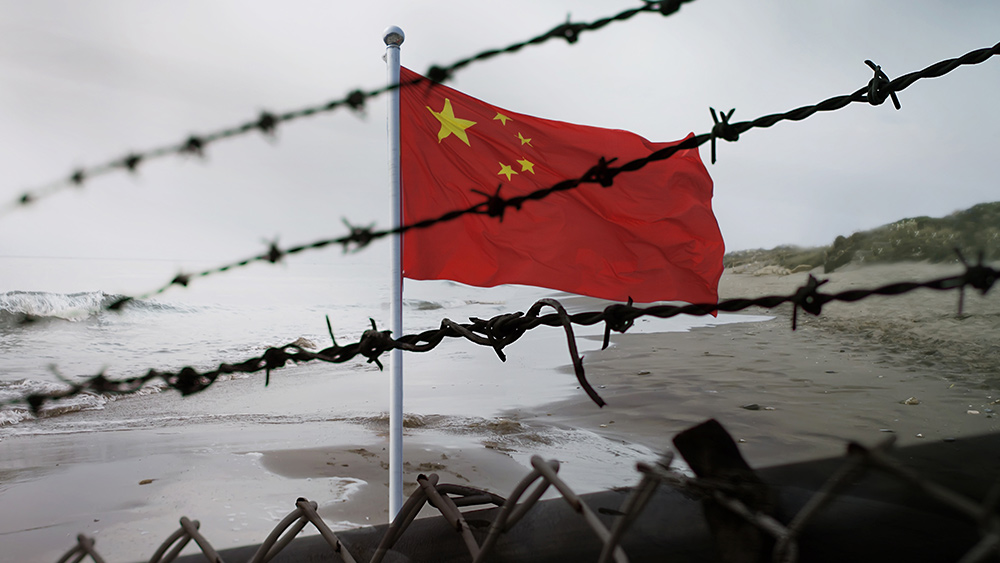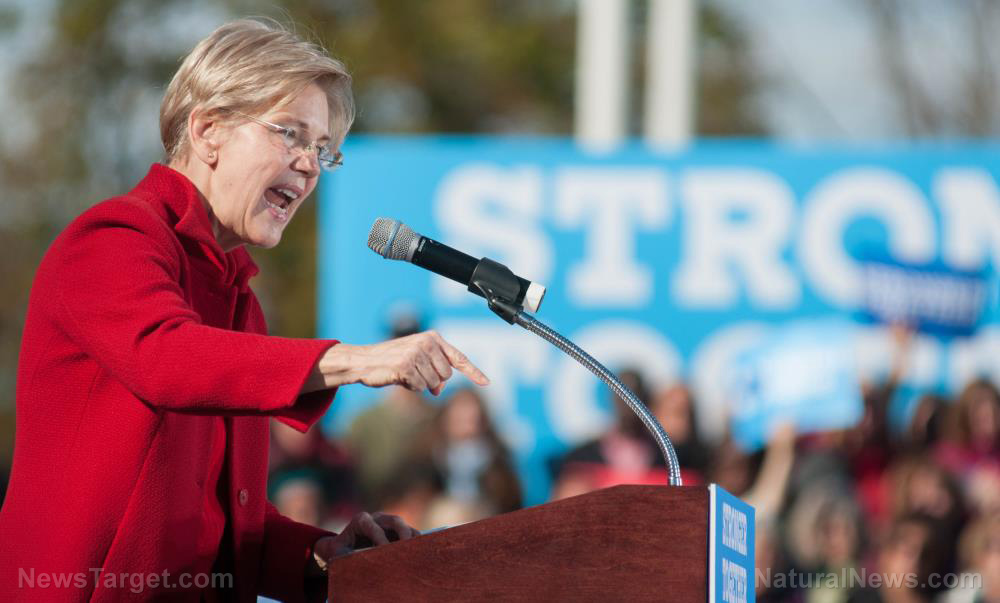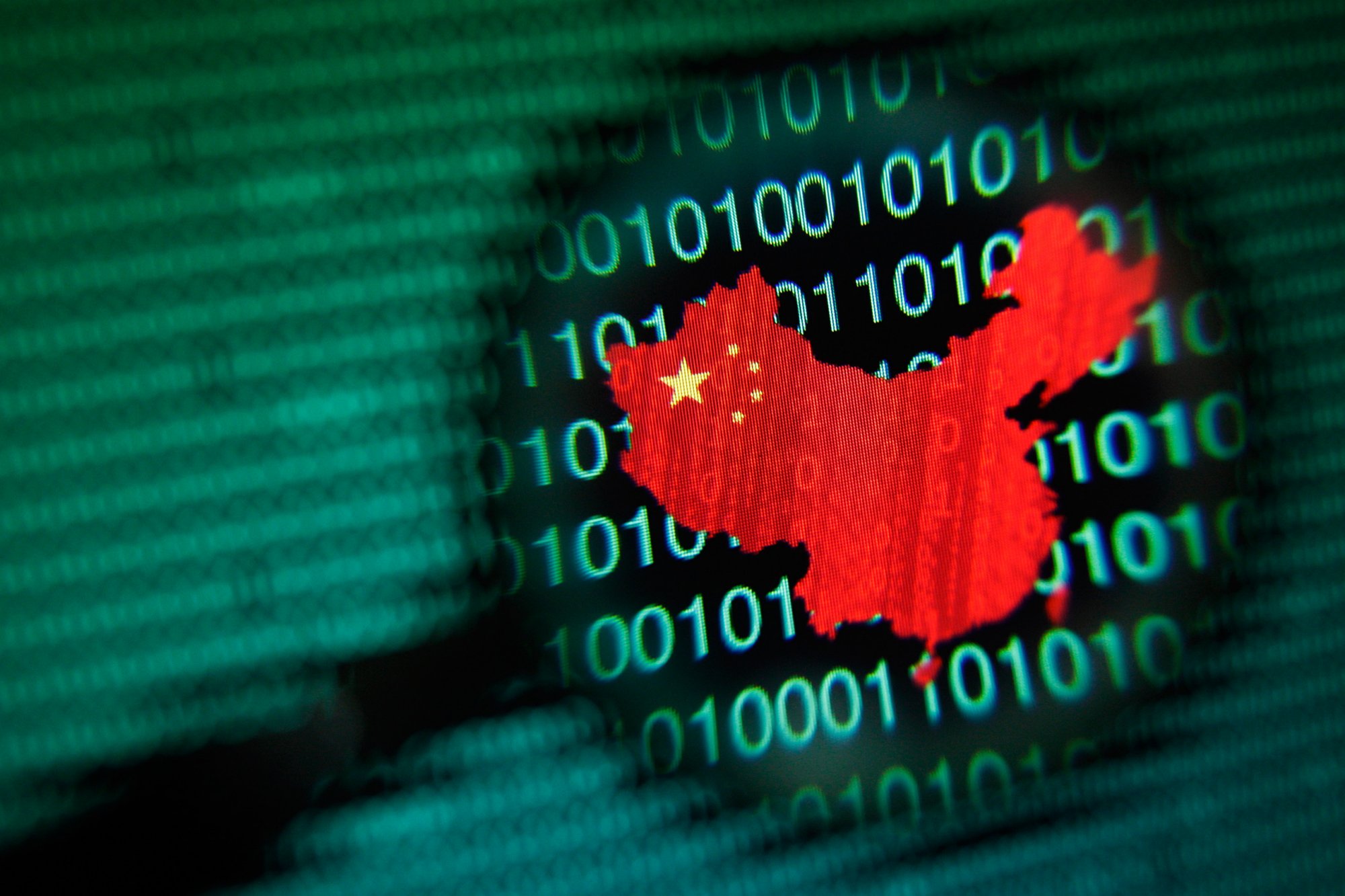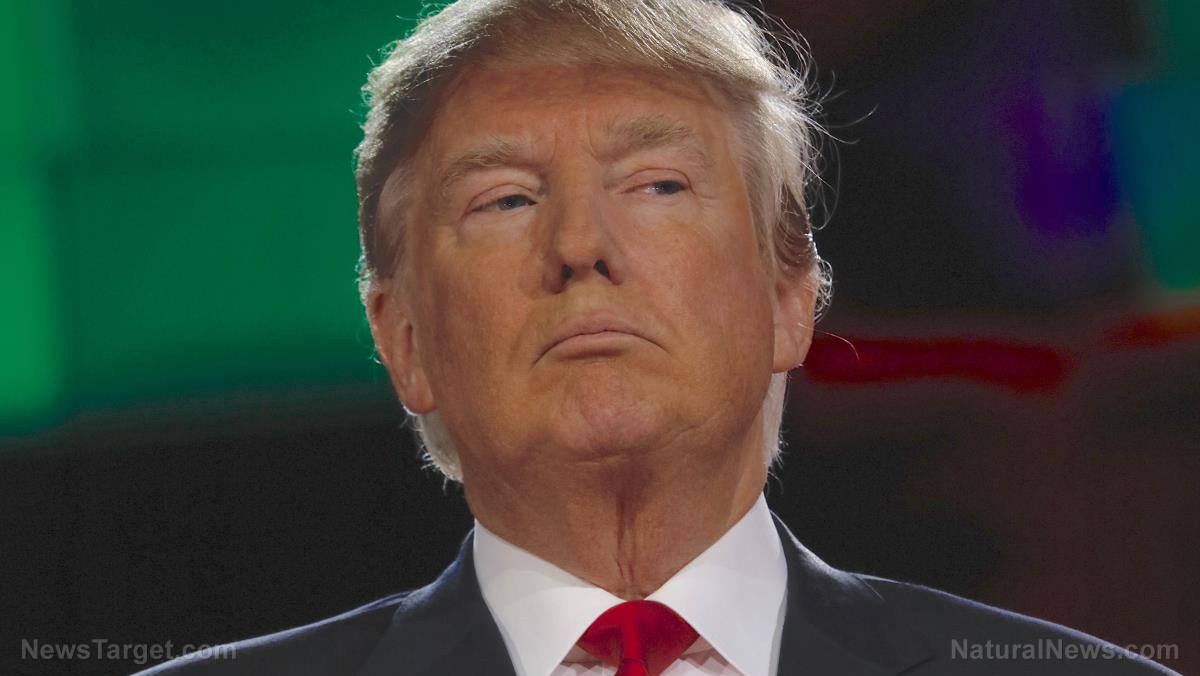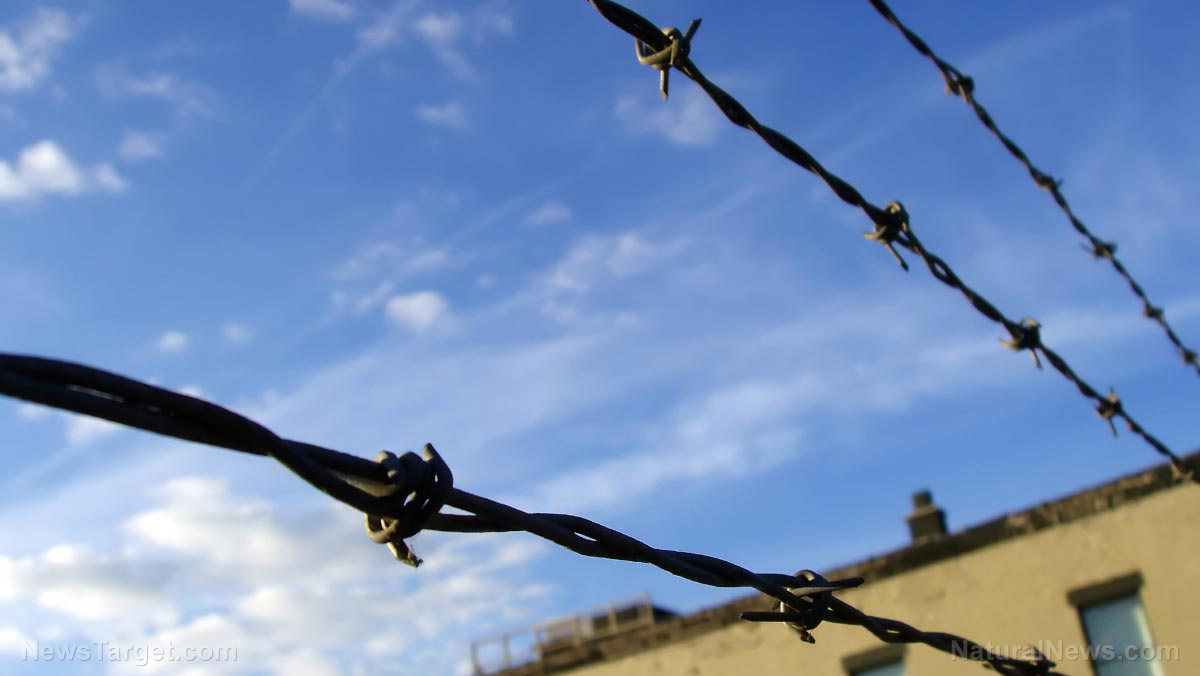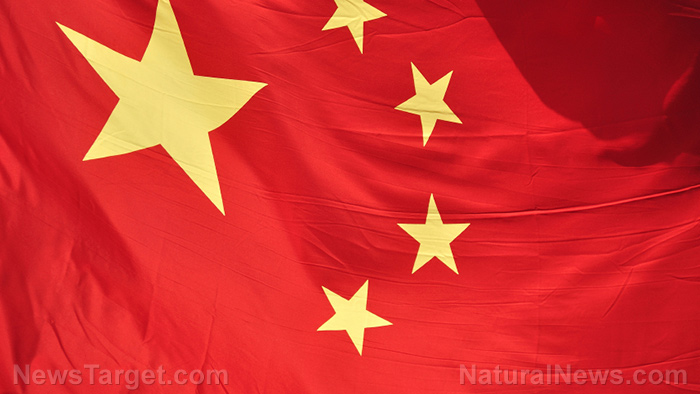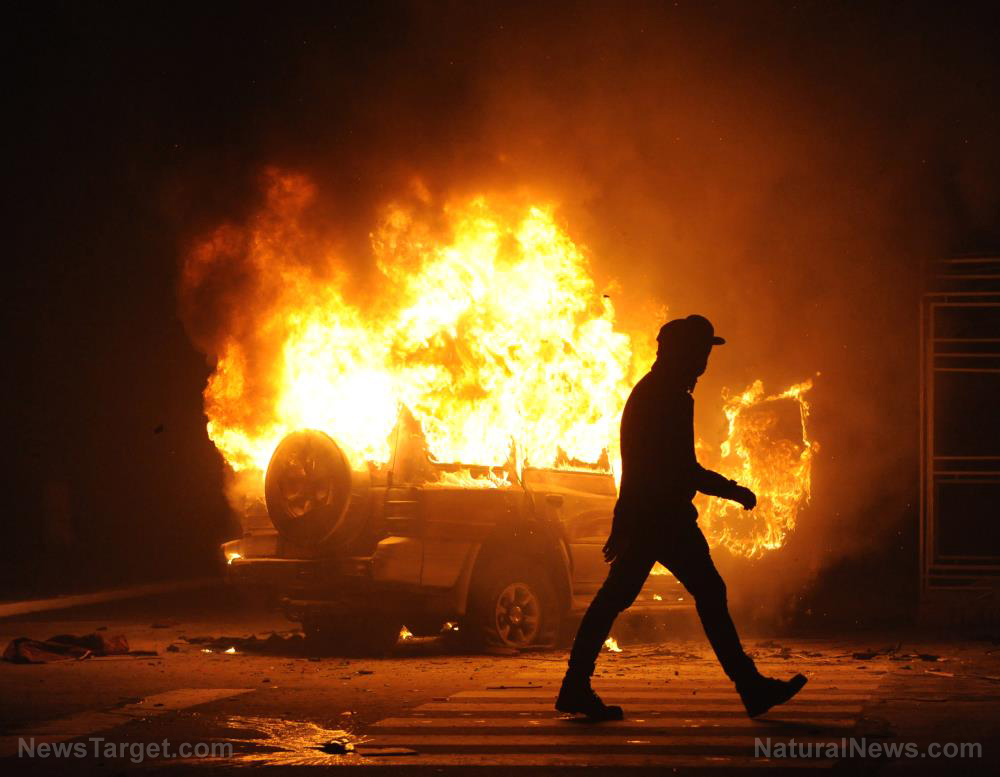How Xi Jinping’s “controlocracy” lost control
02/12/2020 / By News Editors

Although the global coronavirus epidemic has only recently made international headlines, some in China have known about it since the beginning of December. Thanks to Chinese President Xi Jinping’s high-tech dictatorship, that information was not made public, and the virus was allowed to take off.
(Article by Xiao Qiang republished from Project-Syndicate.org)
BERKELEY – In his 2016 book The Perfect Dictatorship: China in the 21st Century, Norwegian political scientist Stein Ringen describes contemporary China as a “controlocracy,” arguing that its system of government has been transformed into a new regime radically harder and more ideological than what came before. China’s “controlocracy” now bears primary responsibility for the coronavirus epidemic that is sweeping across that country and the world.
Over the past eight years, the central leadership of the Communist Party of China has taken steps to bolster President Xi Jinping’s personal authority, as well as expanding the CPC’s own powers, at the expense of ministries and local and provincial governments. The central authorities have also waged a sustained crackdown on dissent, which has been felt across all domains of Chinese social and political life.
Under the controlocracy, websites have been shut down; lawyers, activists, and writers have been arrested; and a general chill has descended upon online expression and media reporting. Equally important, the system Xi has installed since 2012 is also driving the direction of new technologies in China. Cloud computing, big data, and artificial intelligence (AI) are all being deployed to strengthen the central government’s control over society.
The first coronavirus case appeared in Wuhan, the capital of Hubei province, on December 1, 2019, and, as early as the middle of the month, the Chinese authorities had evidence that the virus could be transmitted between humans. Nonetheless, the government did not officially acknowledge the epidemic on national television until January 20. During those seven weeks, Wuhan police punished eight health workers for attempting to sound the alarm on social media. They were accused of “spreading rumors” and disrupting “social order.”
Meanwhile, the Hubei regional government continued to conceal the real number of coronavirus cases until after local officials had met with the central government in mid-January. In the event, overbearing censorship and bureaucratic obfuscation had squandered any opportunity to get the virus under control before it had spread across Wuhan, a city of 11 million people. By January 23, when the government finally announced a quarantine on Wuhan residents, around five million people had already left the city, triggering the epidemic that is now spreading across China and the rest of the world.
When the true scale of the epidemic finally became clear, Chinese public opinion reflected a predictable mix of anger, anxiety, and despair. People took to the Internet to vent their rage and frustration. But it did not take long for the state to crack down, severely limiting the ability of journalists and concerned citizens to share information about the crisis.
Then, on February 3, after Xi had chaired the Standing Committee’s second meeting on the epidemic, the CPC’s propaganda apparatus was ordered to “guide public opinion and strengthen information control.” In practice, this means that cutting-edge AI and big-data technologies are being used to monitor the entirety of Chinese public opinion online. The controlocracy is now running at full throttle, with facial-, image-, and voice-recognition algorithms being used to anticipate and suppress any potential criticism of the government, and to squelch all “unofficial” information about the epidemic.
On February 7, Li Wenliang, one of the physician-whistleblowers who tried to sound the alarm about the outbreak, died of coronavirus, which unleashed a firestorm on social media. The Chinese public is already commemorating him as a hero and victim who tried to tell the truth. Millions have taken to social media to express their grief, and to demand an apology from the Chinese government and freedom of expression.
For the first time since coming to power, Xi’s high-tech censorship machine is meeting with intense resistance from millions of Chinese Internet users. The controlocracy is being put to the test. Most likely, though, the outbreak itself will be used to justify even more surveillance and control of the population.
Xi is an unabashed dictator. But his dictatorship is far from “perfect.” His obsessive need to control information has deprived Chinese citizens of their right to know what is happening in their communities, and potentially within their own bodies.
As of February 9, the outbreak has killed more than 900 people and infected another 40,000 in over 25 countries. For all its advanced digital technologies and extraordinary economic and military power, China is being governed as if it were a pre-modern autocracy. The Chinese people deserve better. Unfortunately, they and the rest of the world will continue to pay a high price for Xi’s hi-tech despotism.
Read more at: Project-Syndicate.org
Tagged Under: China, communism, controlocracy, coronavirus, epidemic, government, infectious disease, lies, outbreak, pandemic, politics, propaganda
RECENT NEWS & ARTICLES
COPYRIGHT © 2017 BIG GOVERNMENT NEWS


